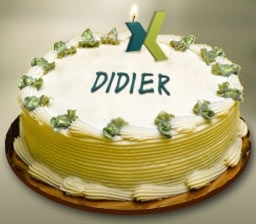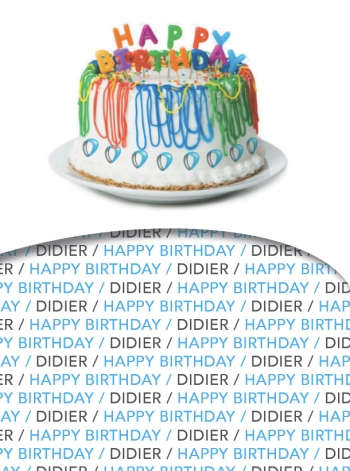Yes, today is my birthday. 37 years old.
Thanks to Laurent and Mathieu for their wishes via Twitter.
And thanks to Stephen, Thomas, Patrick, Robert, Géraldine for their nice words via Facebook.
And thanks to all my friends and colleagues who have sent me a mail, as Martine, Doris, Bruno, Manu, Olivier, Andreas, Salah.
And thanks to all, my friends and family, who has contacted me per telephone today.
And thanks to my wife and son, Laurence and Julien, for their surprise this morning :-)
Special thanks to Martinique for her Frangipani (picture taken in Senegal).

And to the Xing team for their virtual birthday cake ;-)

From an Innoveo CI/CD point of view, Andreas (our designer) won the price ;-)

A year more, but thanks to everybody, a nice and brilliant day!
PS: yesterday evening, we had a cool dinner at “La Table de Louise”. Very nice local, very friendly and professional service, great food, and … 3 birthdays to celebrate the same evening at 3 different tables :-)







![oracle[1] oracle[1]](http://www.didierbeck.com/pics/2008/04/b11e3a5611cc_9F94/oracle1_thumb.png)






